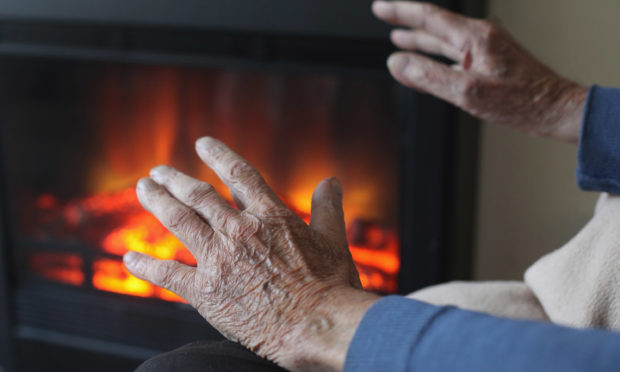A rising number of housing association tenants are taking it upon themselves to disconnect their own heating and power supplies because of fuel poverty, a new survey has found.
The Scottish Federation of Housing Associations’ study also revealed an increase in fuel poverty among tenants.
Some 52 of its 135 members participated in the study, released before Thursday’s stage three proceedings of the Fuel Poverty (Target, Definition and Strategy) (Scotland) Bill in the Scottish Parliament.
Nearly three quarters of those responding to a question on fuel poverty said they had noticed an increase in the number of tenants experiencing, or at risk, of this, often as a result of welfare reform.
Wider poverty issues, rising energy prices and increased fuel debt were also given as reasons for increasing fuel poverty.
Meanwhile the majority – 61% – of the 36 members who answered a question on tenants disconnecting their own supplies reported a rise.
Welfare reform was also given as the main reason for self-disconnection.
Kingdom Housing Association chief executive Bill Banks said: “The survey undertaken by the SFHA confirms some alarming findings in relation to tenant’s experiences of fuel poverty.
“Rising energy costs, the impact of welfare reform and general cost of living all contribute to the issues and it’s important that all landlords do what they can to assist and support tenants to address the issues.
“Due to the financial pressures being experienced by tenants, we are finding that some stop using their heating and self disconnect their power, given it’s often a choice between heating and eating. “
Housing associations also reported an increase in the number of tenants in fuel debt, with 73% stating that levels had risen.
Of 28 members who responded, 64% said there had been a rise in rent arrears for those tenants experiencing fuel poverty.
A Fife housing association said: “We have long seen a link between rent arrears and fuel poverty levels, exacerbated more now by benefit changes.”
Housing associations are working to ensure their tenants do not have to cut back on heating because they cannot afford it and are working with money and debt advice providers to reduce fuel poverty for tenants.
The federation’s chief executive Sally Thomas said: “It is shocking how many people are struggling to afford to heat their homes.
“The UK Government must take urgent action to raise social security in line with inflation to ensure no-one has to choose between heating or eating.
“Social landlords are working hard to make homes more energy efficient and reduce the cost of heating them for their tenants.
“However, in order to end fuel poverty, it is vital social landlords are eligible for grant assistance from the Scottish Government.”
The new Scottish government legislation proposes a target to cut the number of households affected by fuel poverty to 15% by 2030 and 5% by 2040.
Under new definitions proposed in the legislation, the fuel poverty rate in Scotland in 2017 would have been 23.7%, 583,000 homes.









